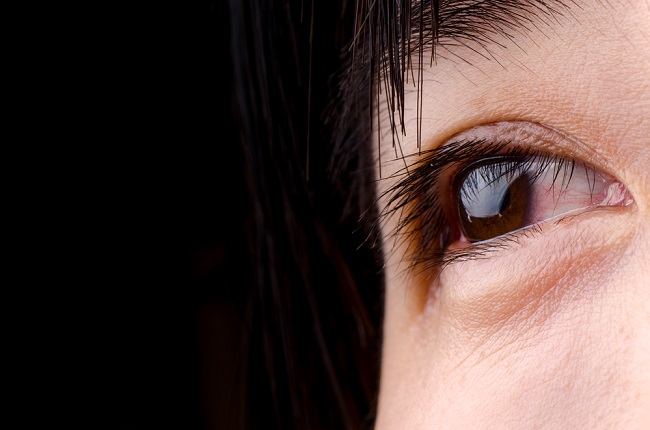Recognize the Characteristics of Blocking the Tear Channels and How to Overcome It
Red and watery eyes can be a feature that you experience a tear duct blockage. This condition is nothing to worry about, because there are many ways you can do it.
Tears function to cleanse, wet, and nourish the eyeball. After moistening the eyeball, the tears will pass through the tear duct to be removed through the nose. Humans generally have two channels that join together in each eye before reaching the nose. If one tear duct is blocked, the tear removal process can be disrupted.

Clogging of the tear ducts can be caused by congenital abnormalities, age (especially in women), inflammation or recurrent tear tract infections, use of eye drops (in glaucoma sufferers), facial injuries, tumors that suppress the tear ducts, or the effects of radiotherapy carried out in the facial area.
Characteristics of Occurrence of Tear Canal Blockages
When a person experiences a tear duct blockage, the flow of tears is not smooth so the eyes continue to runny. In addition to watery eyes, the symptoms of tear duct obstruction that are also often complained of by the sufferer are:
- Red eye.
- Swelling and pain in the inner corner of the eye.
- A thick discharge from the inner corner of the eye, especially when pressed.
People who experience a tear duct block due to injury or tumor can also experience nosebleeds. If there are any symptoms, you are advised to see a doctor immediately for an examination.
If you suspect a tear duct blockage, the ophthalmologist can do the examination, including:
- Examination by pressing the tear duct from the outside.
- Examination by dripping a special dye on the eye and putting the gauze in the nostrils. If there is no blockage in the tear ducts, the dye will be seen on
- Examination with a special device called a probe accompanied by tear duct irrigation with physiological fluids (0.9% NaCl). If the tear duct is blocked, the liquid will drain out again. This irrigation process can also overcome the obstruction of the tear ducts by foreign objects.
- X-ray photos, can help determine the location of the blockage definitely.
How to Treat Channels Tears
Treatment of tear duct obstruction varies greatly depending on the cause. Clogging of the tear ducts in newborns often heals on its own in a few months, so the doctor will only monitor his condition without carrying out special treatment.
Just as the obstruction of the tear duct due to injury to the facial area, the doctor will only monitor the patient's condition until the injury improves.
Some other ways that can be done to treat tear duct blockages are:
1. Massage
The tear duct massage according to the doctor's directions is proven effective for overcoming mild blockages in adult tear ducts. Massage can also be done on newborns, if there are still membranes that are difficult to open on the tear ducts.
2. Antibiotic eye drops
Antibiotic eye drops can be given to treat tear duct obstruction due to bacterial infection. Antibiotics taken can also be given if the infection has spread to other parts around the eyes.
3. Irrigation
The doctor will open a small opening in the tear duct with the help of a special device called the probe, then spray the salt solution. In addition to knowing whether there is a blockage in the tear ducts, irrigation procedures can also be done to clear the blockage on the duct.
4. Operation
The ophthalmologist will do the surgery if the tear duct obstruction is not managed in another way. Surgery can use general anesthesia or local anesthesia, depending on the type of tear surgery to be performed.
In this operation, the doctor can create a new tear duct or dilate the existing tear ducts. Widening of the tear ducts can use balloons or special support devices.
Immediately consult a doctor if your eyes continue to runny for days. You also need to consult a doctor if you feel any abnormalities in the eyes and vision after experiencing a facial injury.
Clogging of the tear ducts needs to be treated immediately to prevent complications in the eye, because non-smooth flow of tears can cause bacteria easy to breed in the eye and cause infection.
Written by:
Dr. Dian Hadiany Rahim, SpM
( Ophthalmologist )
Comments
Post a Comment